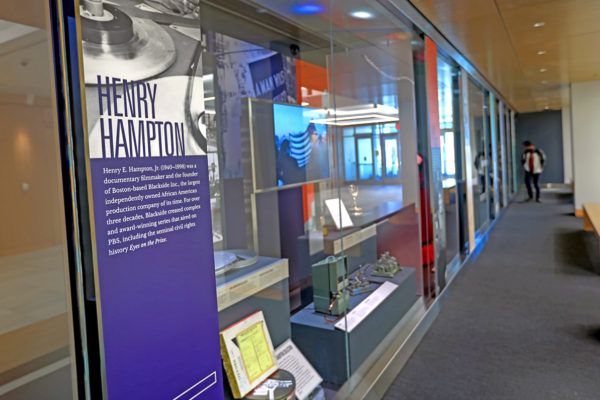Hover over image to learn more about the Declaration.
What happened on July 4, 1776?
Not what you might think.
On that historic day 243 years ago, the Continental Congress adopted the Declaration of Independence. But it would be weeks before the Founding Fathers would actually sign the handwritten document now housed in the National Archives in Washington, D.C.
In the meantime, official broadsides — the public service announcements of the day — were printed and posted on the doors of courthouses across the nation. One of the few surviving broadsides of the Declaration of Independence is on permanent display at John M. Olin Library at Washington University in St. Louis.
Printed by Solomon Southwick for the people of Rhode Island, the Declaration proclaims, “All men are created equal, that they are endowed by their Creator with certain unalienable Rights, that among these are Life, Liberty and the pursuit of Happiness.”
“To read this broadside would have been a momentous occasion,” said David Konig, professor of history in Arts & Sciences and of law in the School of Law. “You can imagine the people of the time gathering to read and debate the Declaration. Broadsides were the way the government communicated with the people.”
Cassie Brand, curator of rare books at University Libraries, calls the broadside “undeniably powerful.”
“To stand in the presence of this founding document is an amazing experience,” Brand says. “You are transported to one of our nation’s most historic moments.”



